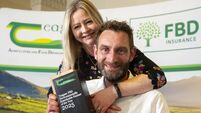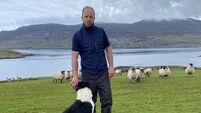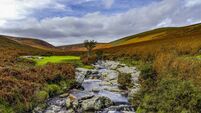Signpost: Many hands make light work at lambing time
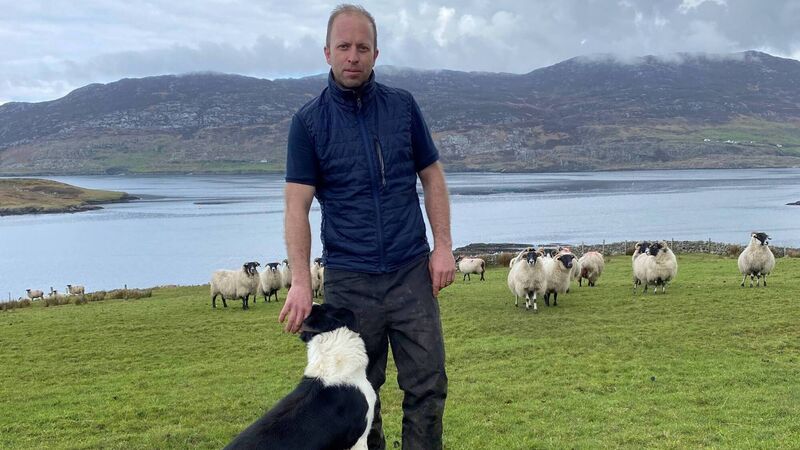
Tomás O'Toole: 'It has been a busy but rewarding spring so far.'
Over the past few weeks, we have had very good weather here in the west, which helped in relation to the extra work involved with lambing and calving. Lambing is nearly coming to an end, with all the lowland flock now lambed, the hill flock will be finished lambing in another week. Lambing has mostly gone well this year.
There is a higher incidence of mastitis this year in comparison to last year in some ewes that required antibiotic treatment in consultation with my local vet. Lambs will be given the last of the full course of the clostridial vaccine. Over the next few weeks, they will also be dosed for coccidiosis as I have had issues with coccidiosis on the farm before.
They will get another top-up of cobalt in a few weeks’ time, along with a white drench for nematodirosis, which at that time is a higher risk for lambs at that age of six weeks and older. There are some lambs with lameness which I’m treating by foot bathing, which I do regularly on the farm — I find this keeps hoof issues under control during the year.
They helped with the recording of data for the sheep BETTER farm programme by tagging, weighing, ringing and marking lambs and also treating the navel with iodine when born.
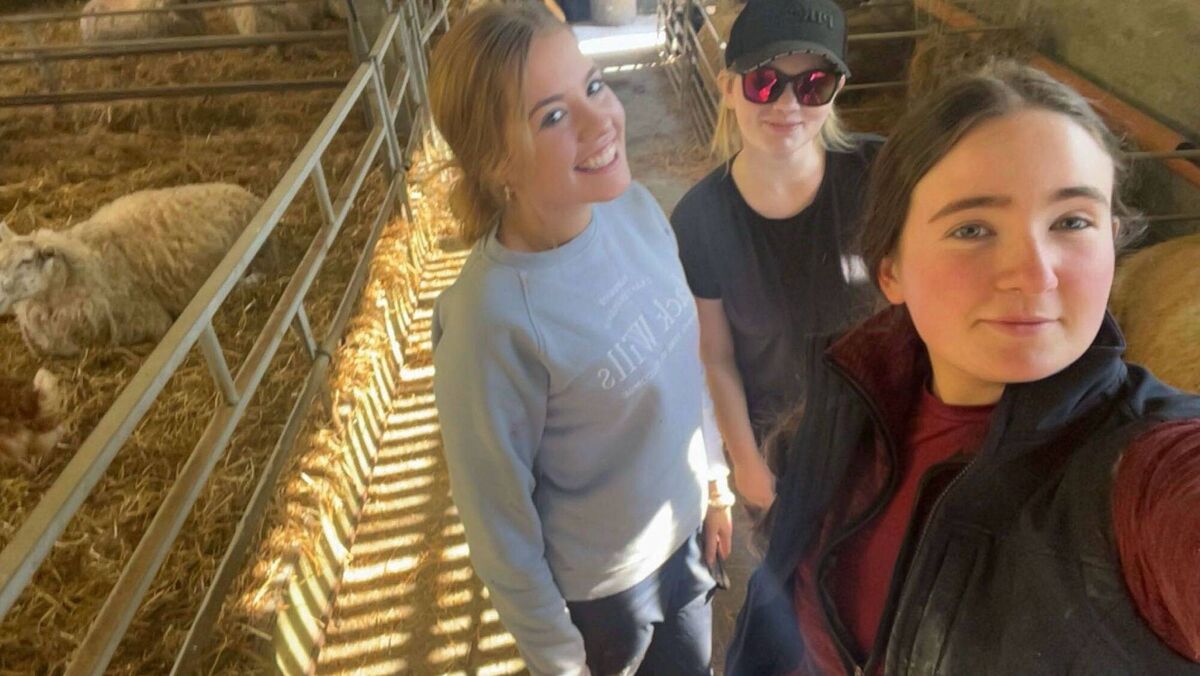
They also helped identify ewes for culling after lambing. All of this data collection is a great tool to help identify ewes for culling, lambs that are performing well and general flock health data.
I got my soil sample results, and some plots are showing low for phosphorus at index 2. I will look at trying to improve on these indices over the next year or so (concentrating on liming and also using the correct fertiliser).
I got an updated nutrient management plan from my adviser, which gives me an idea of how much phosphorus and nitrogen I can allocate, and to put in place a plan for what fertiliser to use.
Getting the soil samples taken and the nutrient management plan completed gives me more of an idea of what plots I need to focus on to improve, and also plots where I can reduce fertiliser applications.
I have also started to creep feed lambs, which will help with weight gain and earlier weaning. I put out 18:6:12 and CAN in the past week based on the soil sample results, and I can already see a response in some fields after this application.
With rain promised this week, I hope it will help push on grass growth for ewes. I also closed off some of the silage ground last week — this should be ready for cutting in the last week of May.
I am grass measuring each week and inputting that information into PastureBase, which helps to forward plan how much grass will be available for stock. It has been a busy but rewarding spring so far.
- Tomás O Toole, of Moyard, Clifden, Co Galway, runs suckler cows in combination with lowland and hill ewe flocks


